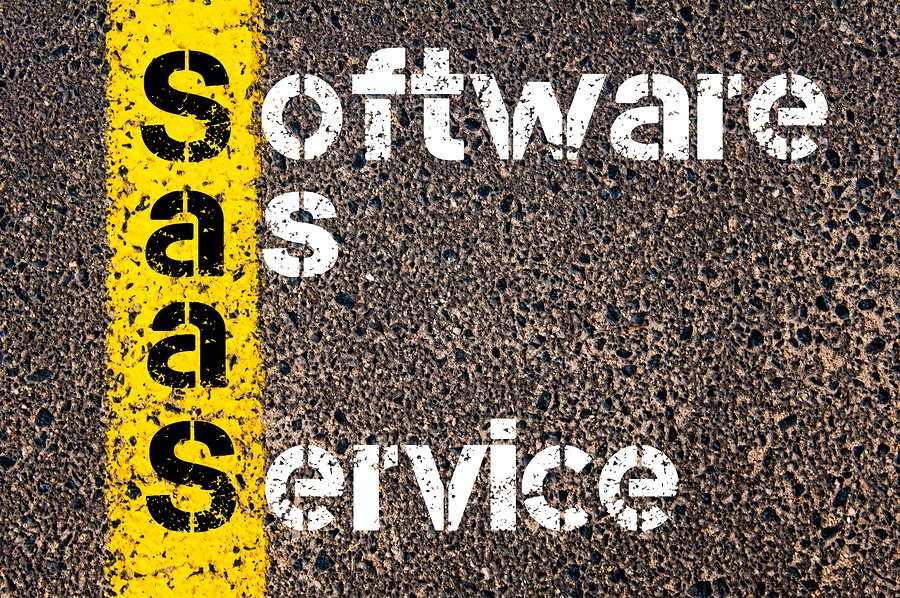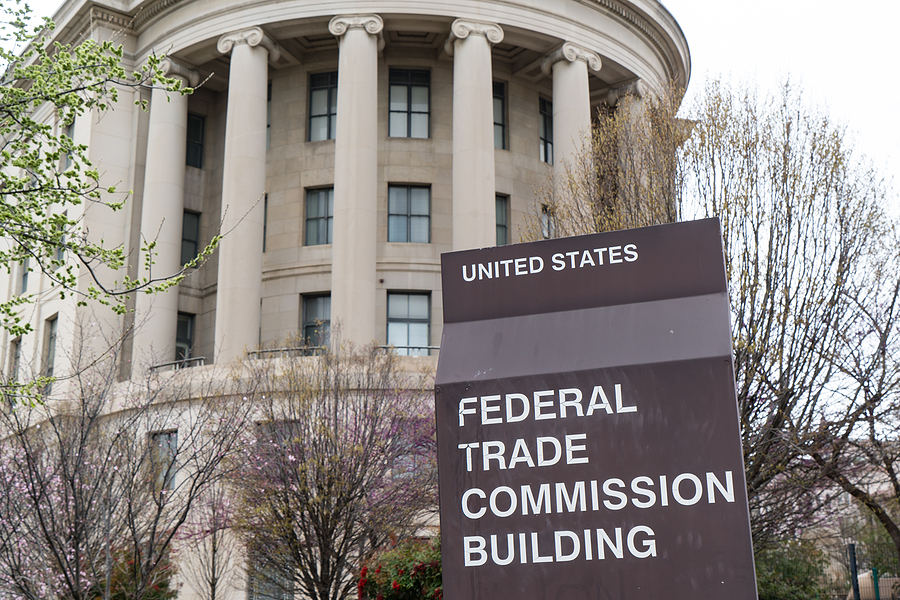
The Key To SaaS Success: Lock In Your Subscribers
Last month, Microsoft became the third U.S. company to hit a market capitalization of $1 trillion. The first was Apple, and the second was Amazon -- they breached that threshold last summer. One key to growth for these tech behemoths? All three rely on software as a service as a key revenue generator. Take a look at this graphic from the Financial Times, showing market capitalization over time for Apple, Amazon, Microsoft, and Alphabet, which is getting close:
(Source: Peter Wells, Bloomberg...
HELLO!
This premium article is exclusively reserved for Subscription Insider PRO members.
Want access to premium member-only content like this article? Plus, conference discounts and other benefits? We deliver the information you need, for improved decision-making, skills, and subscription business profitability. Check out these membership options!
Learn more about Subscription Insider PRO memberships!
Already a Subscription Insider PRO Member?
Please Log-In Here!









